You are here: FEM Simulation
FEM Simulation
Electromagnetic simulation plays a very important role during the development of a magnetic product. By repeatedly optimizing the geometric and magnetic structure, the development cycle will be dramatically reduced. However, the non-linear property of hard magnetic material makes the problem more complicated, when the anisotropic orientation is expected as space-variated. Hence, it is quite difficult to estimate the saturation and final open/closed loop magnetic field distribution.
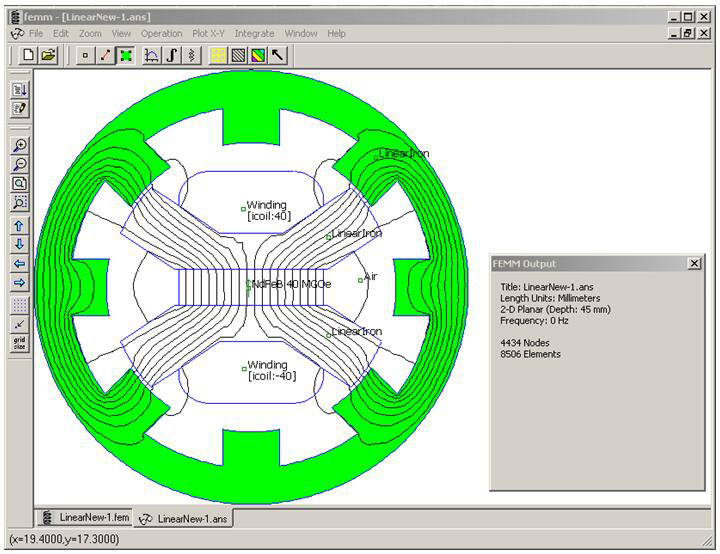
Our Simulation service provides:
Modeling of non-linear material property
A magnetization curve of a typical hard magnetic material starts from the origin and along the hysteresis in the first quadrant until it reaches the saturation point. After this point, the permeability of the material can be approximated as

J is the magnetization of the hard magnetic material.
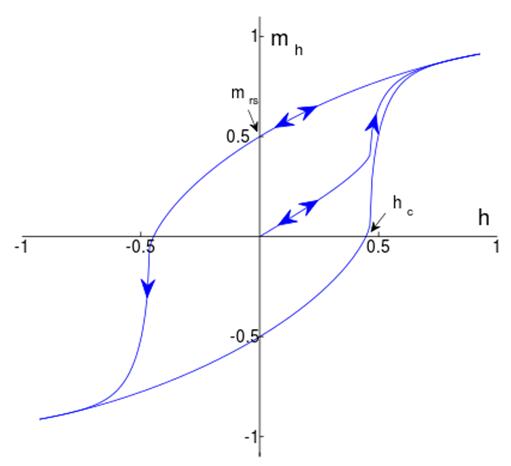
Magnetization of a typical hard magnetic material
Saturation analysis of magnetization
From the equation above, it is quite easy to convert the magnetic field to the saturation of each point inside the material.

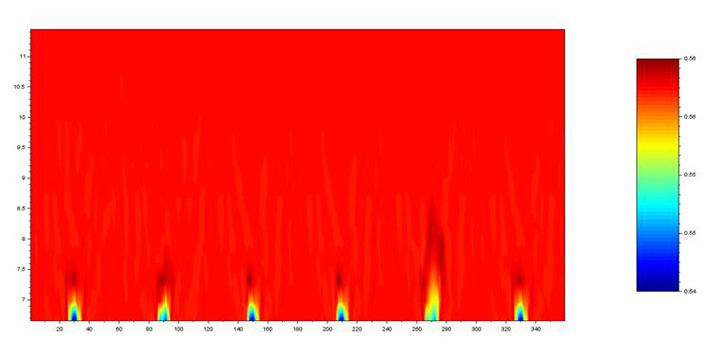
X-axis is the angle position around circumference [°], Y-axis is the radial position [mm], on the right side, the scale indicates magnetization (saturation) [T]. This application is a radial ring magnet with 3-pole-pairs.
Open loop magnetic field analysis of hard magnetic material
Based on the result in the last process, the same operation can be applied to each component of vector field to obtain the orientation of magnetization.


At last, the results of orientation and strength of magnetization are converted to the vector of H_c to apply in the FEM simulation model. After solving the problem:
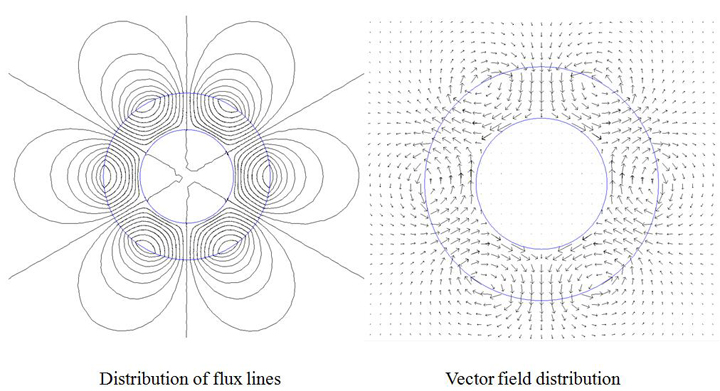
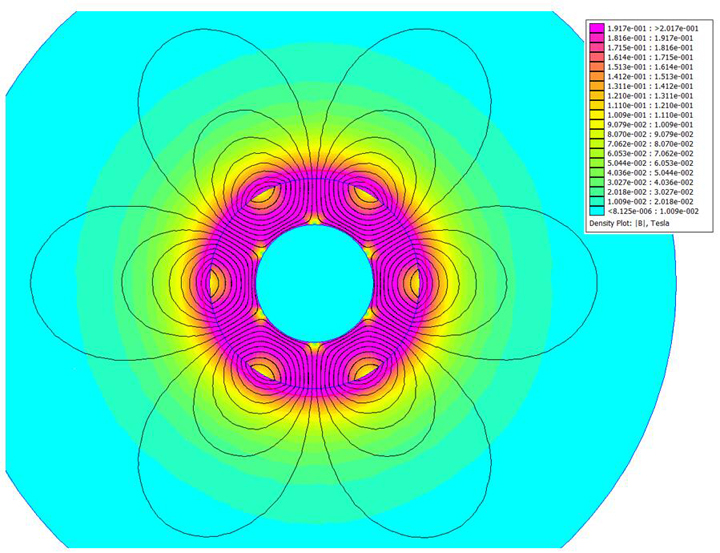
Distribution of magnetic field strength density B
To be comparable with measurement, the simulation is evaluated the normal component of magnetic field strength density B on the surface with 1mm distance (red circle in the picture above) from the magnet. It shows that the simulation is 35% stronger than the measurement.
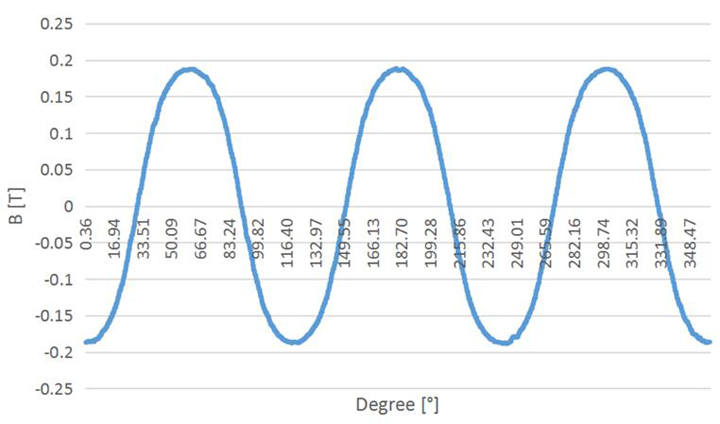
Simulated magnetic field strength density B
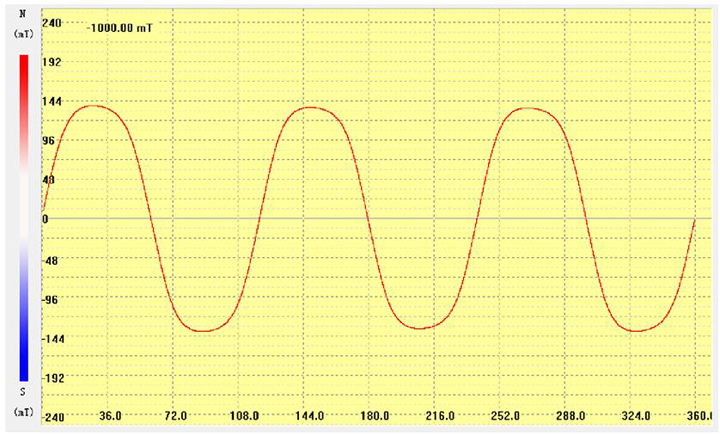
Experimental magnetic field strength density B
These are our services for designing and optimizing your magnets and magnetic systems to achieve the most demanding levels of performance, from electric motors to the most advanced experimental research into particle physics. For more technical details we recommend consulting our team of experts.
©2016 Copyright by Ningbo Haishu Magnet Maxwell Co., Ltd. All rights reserved.